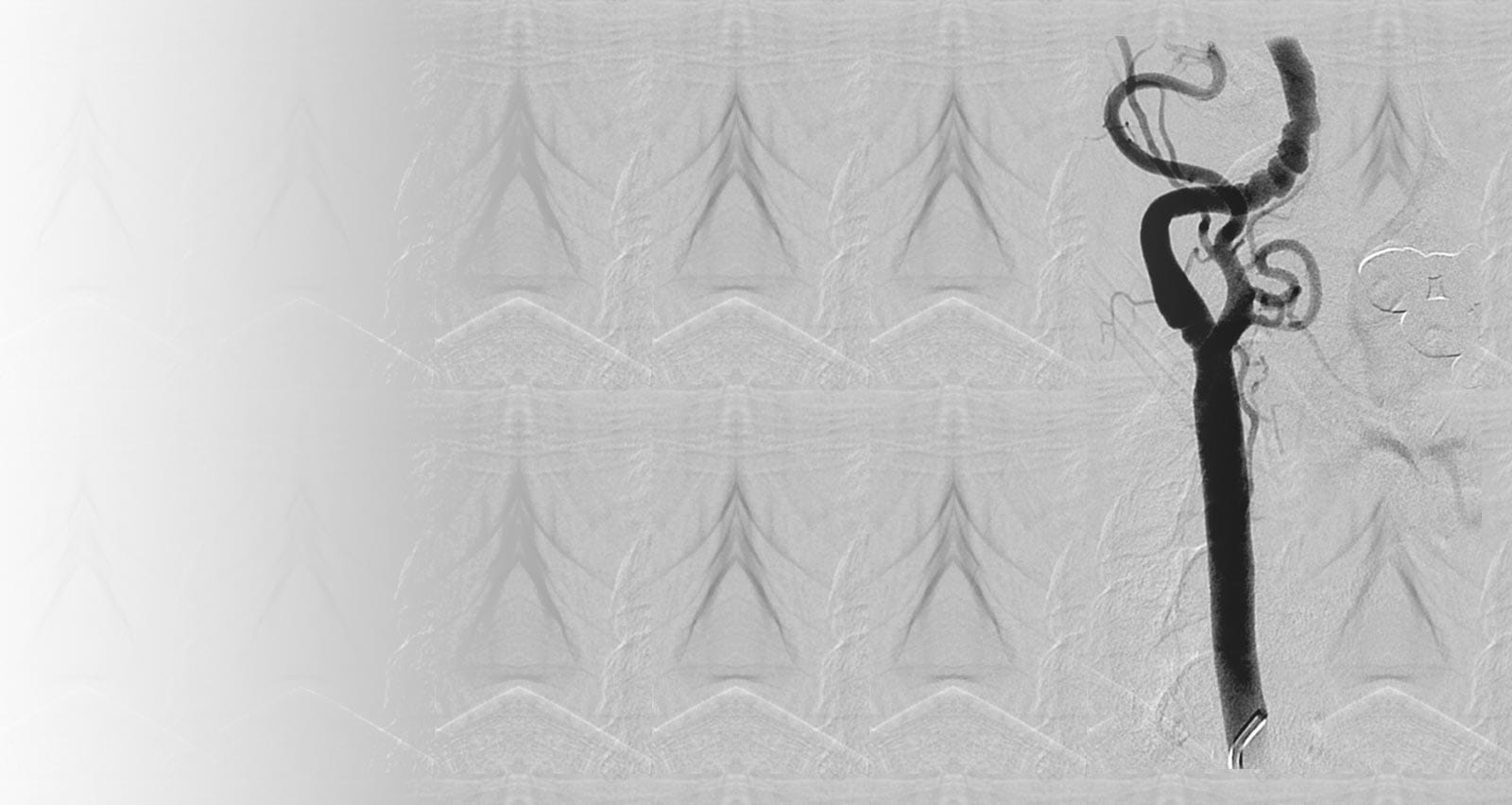
Fibromuscular Dysplasia (FMD) Program at University Hospitals
While historically considered a rare disease, FMD is now recognized as increasingly common. The UH FMD program provides expert care for FMD patients through the collaboration of UH vascular medicine, interventionists and surgeons, radiology and other specialists.
Fibromuscular Dysplasia Symptoms and Treatment
The Fibromuscular Dysplasia Program at University Hospitals Harrington Heart & Vascular Institute offers comprehensive care for patients with the vascular condition known as fibromuscular dysplasia, or FMD. Our multidisciplinary program is led by one of the world's most renowned authorities on this vascular condition, Heather Gornik, MD.
UH Harrington Heart & Vascular Institute is proud to participate in the U.S Registry for Fibromuscular Dysplasia. The registry is sponsored by the Fibromuscular Dysplasia Society of America.
Fibromuscular Dysplasia Symptoms
FMD can cause many different symptoms, including high blood pressure, migraine headaches and pulsatile tinnitus – a swishing noise that the patient hears in her ears. It can also cause arterial dissections, including spontaneous coronary artery dissection (SCAD) and carotid or vertebral artery dissection. It can cause heart attack through SCAD and can also cause stroke through cervical artery dissection.
The seriousness of these potential complications makes it important for FMD patients to be regularly monitored by an expert team like the one at UH.
Diagnosis and Tests
UH vascular specialists diagnose FMD through a variety of vascular imaging tests. Learn more about the ways we diagnose FMD.

Fibromuscular Dysplasia Treatment
For many patients, the FMD treatment plan is focused on medical therapy, managing symptoms and monitoring the disease. Up to 50 percent of FMD patients will need a vascular procedure, such as an kidney artery angioplasty or treatment of an aneurysm. Your FMD physician may also talk to you about lifestyle changes that may be able to help manage your FMD symptoms.


